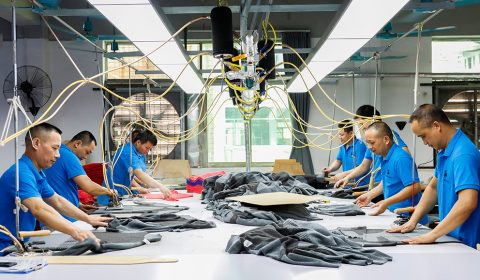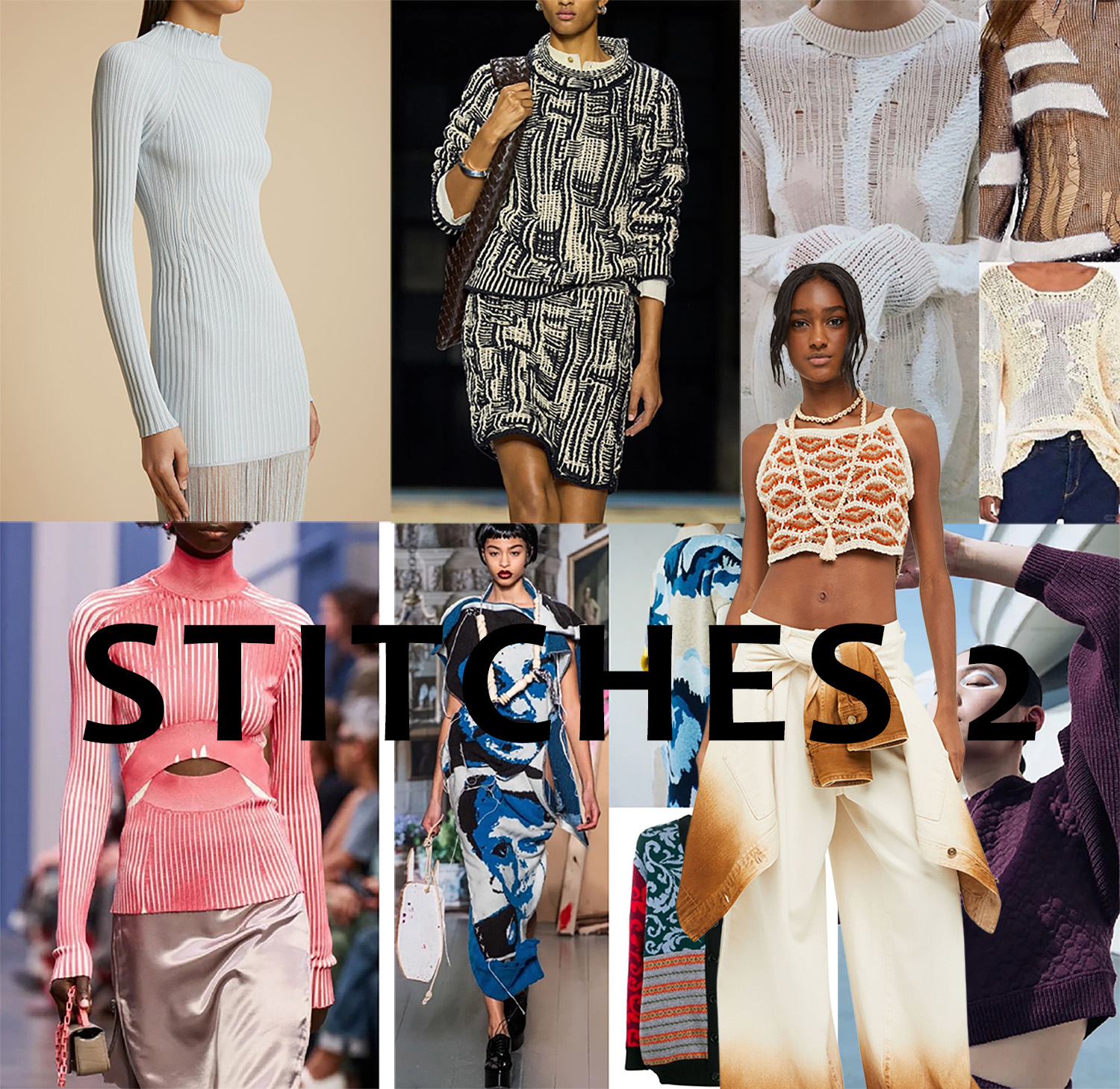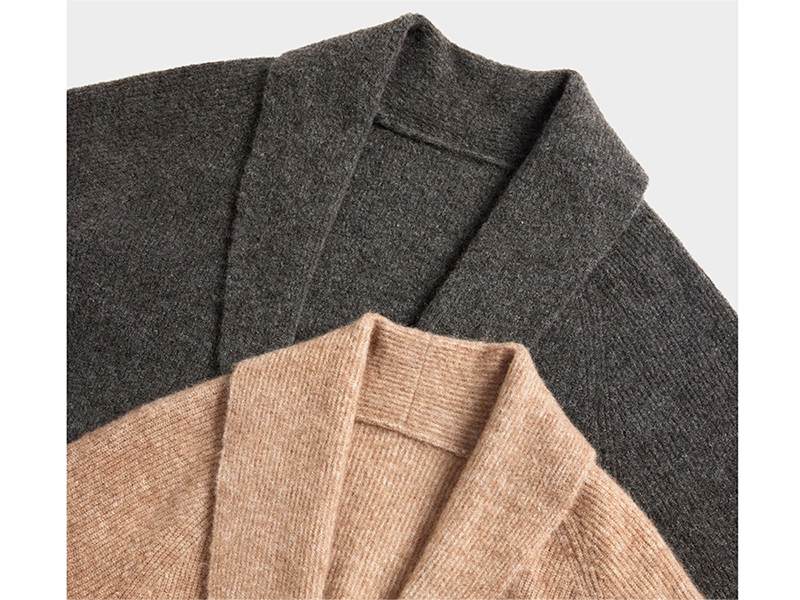The importance and influence of knitting design in different cultures
As an ancient and universal handicraft art, knitting design carries the rich history and emotional bond of human culture. In different cultures, knitwear is not only a kind of clothing, but also a cultural symbol and status symbol. Since ancient times, whether it is the West, the East, Africa or South America and other regions, knitwear has played a pivotal role, inheriting national culture, expressing people’s life attitude and values. In the process of social development and cultural exchange, knitting design continues to absorb and integrate various elements, becoming an important carrier of cultural inheritance and innovation.
Tracing the history of knitting in Western culture
The history of knitting in Western culture can be traced back to ancient Greece. In ancient Greek society, knitting was regarded as an important craft and was widely used to make clothing and household items. The ancient Greeks used simple hand tools, such as needles and shuttles, to knit from natural fibers such as wool and linen. Their knitting techniques spread rapidly throughout Europe and became an integral part of social life at the time.
During the Middle Ages, knitting continued to develop in Western culture and gradually evolved into more complex patterns and designs. During this period, knitting became a symbol of nobility and wealth and was often used to make luxurious clothing and ornaments. Especially in some European cities, such as Florence and Bruges, the knitting industry flourished and became one of the main economic pillars of the time.
In the modern period, knitting design in Western culture has entered a new stage. With the arrival of the Industrial Revolution, mechanized production has greatly improved the production efficiency and quality of knitwear. In addition, the continuous progress of modern design concepts and technology has also brought more possibilities to knitting design. From classic sweaters to fashionable dresses, knitwear occupies an important position in the modern fashion world and has become an indispensable part of People’s Daily life.
Analyze the characteristics and development trend of knitting design in western culture
Knitting design in Western culture is known for its diversity and innovation. First of all, Western knitting design pays attention to individuation and diversification, a variety of different styles and styles of knitwear emerge endlessly, to meet the needs and preferences of different groups of people. Secondly, knitting design in Western culture often combines traditional and modern elements to create creative and fashionable works. For example, classic plaid and floral patterns are often combined with modern cuts and materials to create a unique fashion effect. In addition, the concept of environmental protection and sustainable development has gradually become one of the important characteristics of Western knitting design, and more and more designers and brands have begun to pay attention to the choice of materials and the environmental protection of the production process.
In terms of development trend, knitting design in Western culture continues to develop in the direction of more high-end, personalized and intelligent. With the continuous progress of science and technology, smart knitwear, such as smart sportswear and wearable technology, has gradually entered people’s lives and become the new darling of the fashion industry. At the same time, high-end customized and hand-made knitwear is also increasingly sought after by people, reflecting people’s pursuit of unique and high quality.
How has the Western knitting tradition influenced the contemporary fashion industry
The Western knitting tradition has had a profound impact on the contemporary fashion industry, especially in the areas of high fashion and casual wear. First of all, the Western knitting tradition provides contemporary designers with a wealth of inspiration and material, enabling them to constantly create new pieces with a combination of tradition and modernity. Secondly, the continuous development and innovation of Western knitting technology has provided more possibilities for the fashion industry, allowing designers to achieve more complex and exquisite designs. Finally, the influence of Western knitting tradition is also reflected in the process of globalization of the fashion industry. Many Western knitting brands have successfully opened the global market through international marketing strategies and design styles, and have become one of the leading brands in the fashion industry.
Knitting design trends in contemporary fashion
Knitting design has a rich tradition and history in different cultures. In Western culture, knitting design has long been regarded as an important part of the fashion industry. From the exquisite patterns of ancient Greece to the modern high fashion, Western knitting design has influenced the global fashion trend with its exquisite craft and diverse styles. The knitting design in the eastern culture pays attention to the inheritance and innovation of traditional skills, such as China’s hand-embroidery and Japan’s kimono culture have had a profound impact on the eastern knitting design. The knitting traditions of Africa and South America reflect respect for the native culture and natural environment, as well as a love of colorful colors and patterns. In contemporary fashion, key knitting design trends include the reinterpretation and modernization of traditional craftsmanship, innovative design with cross-cultural integration, and a focus on sustainability. By integrating elements of different cultures, designers create a unique charm of knitted fashion to meet the increasingly diverse fashion needs of consumers.
Contemporary consumers’ demands for knitwear fashion are increasingly diverse, and they are looking for more than just a sense of style, but also a focus on comfort, functionality and fit with personal style. Designers need to innovate in response to these consumer needs and preferences, such as using environmentally friendly materials, focusing on comfort, and designing versatile styles. In addition, with the popularity of social media, brand marketing has become more important. Designers use social media platforms to showcase their work, engage with consumers and expand their brands with online presence. At the same time, customization and personalized services have also become an important means for fashion brands to attract consumers, designers through direct communication with consumers, better understand their needs, and provide customized knitted fashion products. Therefore, contemporary designers need to continue to innovate, combine consumer demand and market trends, create attractive knitwear fashion products, and adopt diversified marketing strategies to attract consumers’ attention and purchase.
In the future, knitting design will continue to evolve in a more diverse, personalized and sustainable direction. With the progress of science and technology, 3D printing, intelligent textile and other technologies will be more widely used in the field of knitting design, providing designers with more creative possibilities. At the same time, with the increasing concern for environmental protection and sustainability, the concept of renewable materials and recycling will become the mainstream trend in future knitting design. Designers need to constantly explore and experiment with new materials and technologies to meet consumer demands for environmental protection and quality, and to drive the industry towards a more sustainable and innovative direction.




 English
English Deutsch
Deutsch Français
Français Italiano
Italiano Español
Español Русский
Русский Polski
Polski Nederlands
Nederlands Svenska
Svenska

